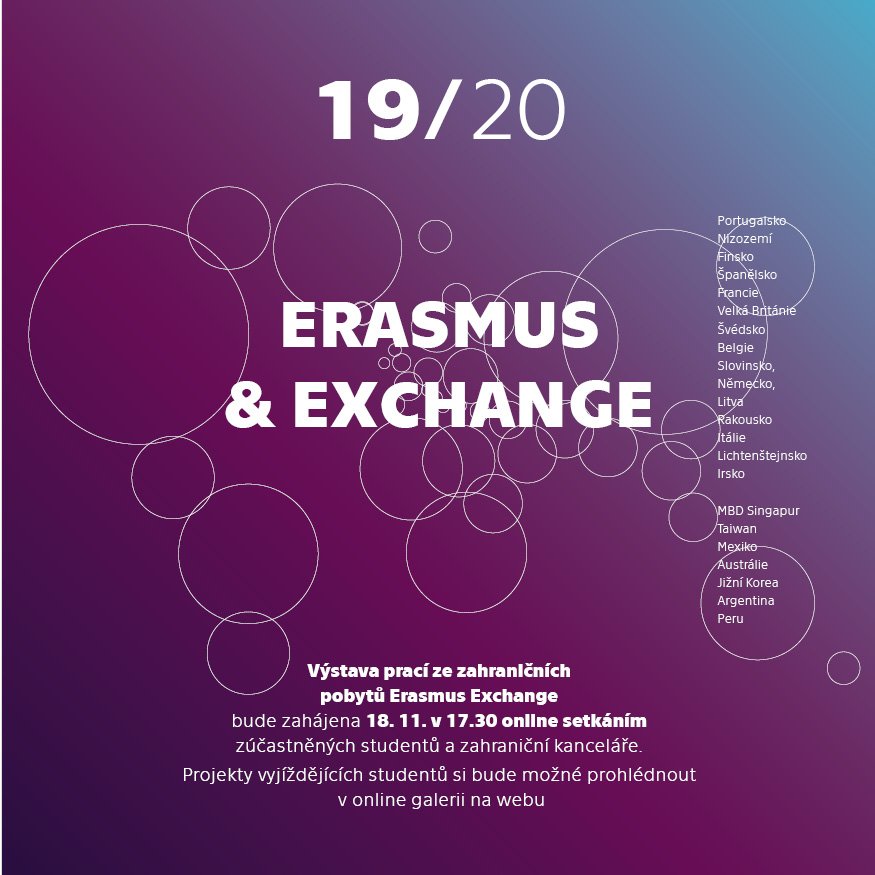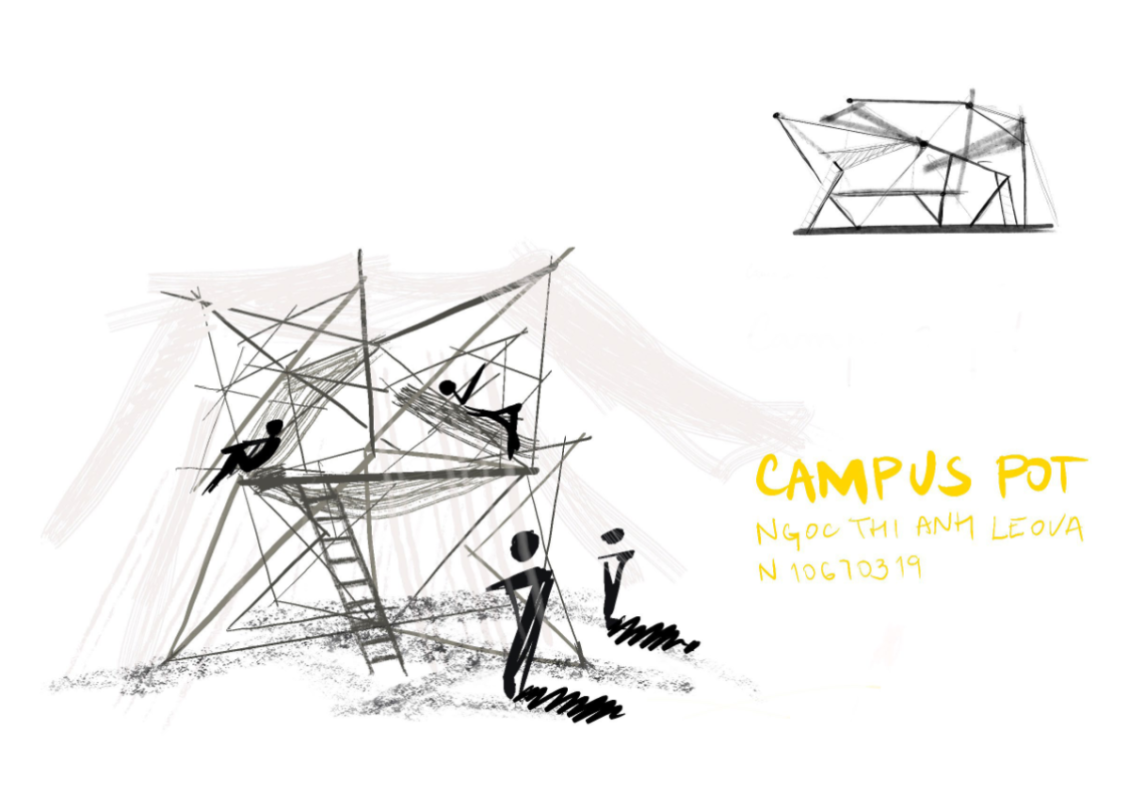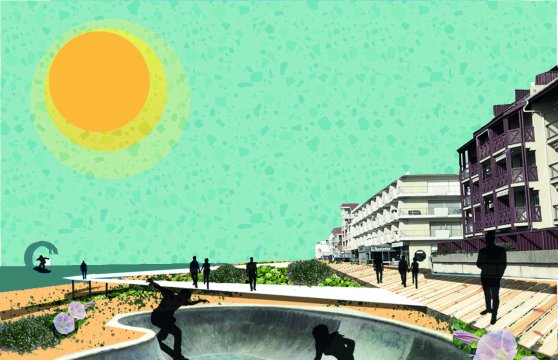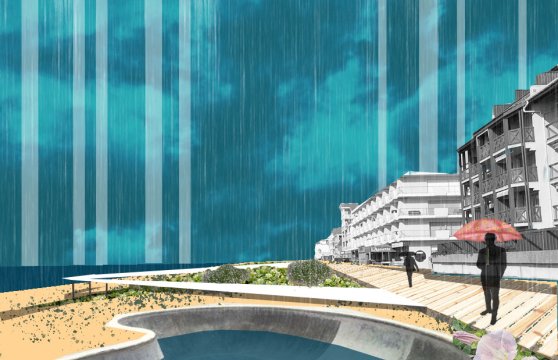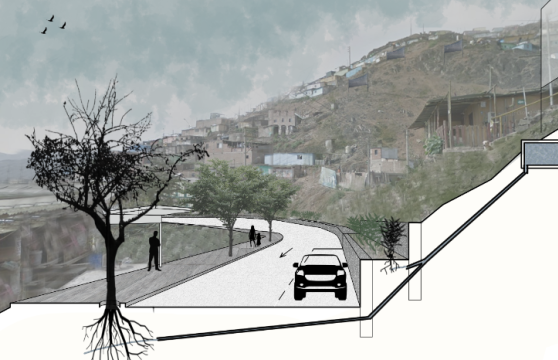You can find the Erasmus 2020 Exhibition in Gallery on the website.
At a virtual opening on November 18, four dozen student works were presented and their authors shared experiences of studying in foreign universities with others. The purpose of the event was to motivate new students to the trip in the coming academic year, as the choice of destinations remains wide despite anti-pandemic measures and the deadline for applications for the first round of Erasmus+ & Exchange 2021/22 is already set for December 6.
Zdeněk Völfl, Michaela Černá and Matěj Kováčik talked about studying abroad, showing their projects, pictures and videos from schools, cities and roads. They encountered different approaches to teaching, studio work, as well as leisure, mentioning the systematic and organized nature of some universities, as well as the mild chaos and incomprehensibility of others' communications. At some universities, they may be open non-stop for students; elsewhere, they close in the evening, referring to the fact that a lack of rest is not conducive to health or study. Various positions, a variety of views, solutions, and values were presented during the opening. Yet all faculties had one thing in common – a stimulating environment for study.
"Studying at a foreign school, living in a different environment, orienting yourself in it, and functioning, is an experience beyond price," says Irena Fialová, Vice dean of International Relations. Her words are echoed by students who have traveled. “I think I have changed a lot. While studying abroad, I encountered many different approaches and views on architecture, as well as other cultures and views on life overall. Thanks to this experience, I found my own opinions and attitudes, clarified what I want and expect from my field, but also generally found myself," Michaela Černá summarizes her studies at the School of Architecture, ETSAB, in Barcelona.
Her classmate, Matěj Kováčik, who spent a semester at the Faculty of Architecture and the Built Environment of TU Delft, was surprised that teachers were constantly discussing the method with students. “They were not interested in the results, but how to achieve them. We also had more debates and field trips. One did not have to spend so much time studying; on the other hand, we were expected to be more involved in the actions of the student community," Matěj Kováčik sums up.
As a key experience of the stay, Matěj Kováčik cites a party at which he discovered a book about Buddhism in the owner's apartment. It directed him not only to the topic of the final work, but also to the beginning of the search path. “If it weren't for my isolation from the home comfort zone, nothing would probably have happened,” says Matěj Kováčik, describing an experience that may have changed his life. More about his project can be found here.




